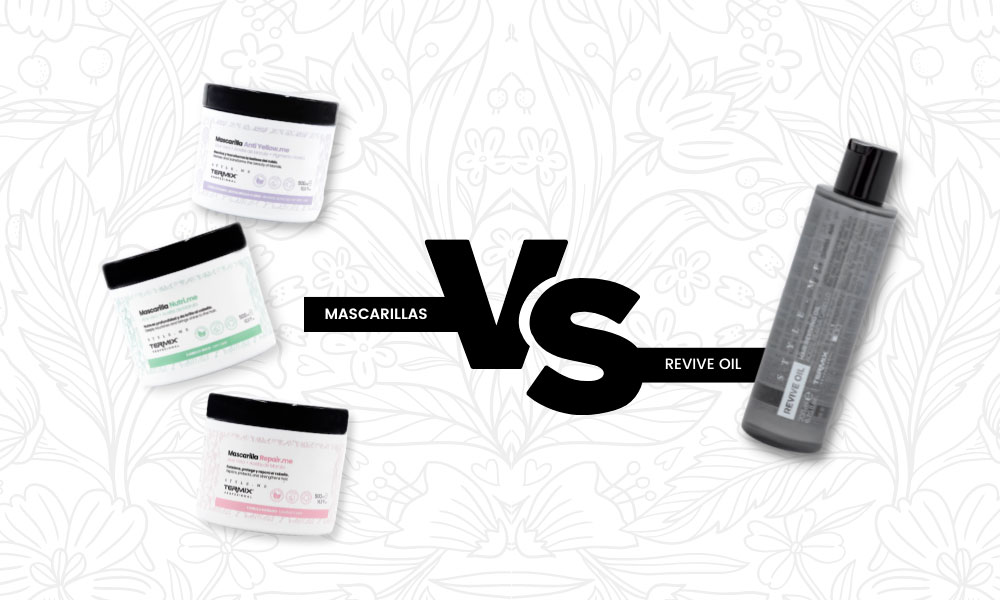Hair advices — 4 min read
Why and how to choose professional cutting shears?
Changing style means changing hair. Every artist in that field – hairdressers and stylists – can revive a dim, flat hair and give it a new shape. But it’s not only a matter of brushing and fixations, it all actually starts right from the artist’s hand and its extension: professional cutting shears. Discover now what are the special secrets of these professional scissors…
Because cutting shears are indeed the first essential ingredients you might find in a hair salon. The most important hair accessories ever, as they are the first step to a new look and the very instrument through which hairdressers express their creativity.

What types of cutting shears are there?
Being one of the most ancient tools, scissors have been through a long evolution, which modelled their shape and materials. The first cutting shears were made of bronze or iron, in a “C” shape, with a basic motion around one simple axis. Steel only entered their manufacturing after 1418, giving the tool its new shape we now know. And then, not only did they acquire a new material but also were they seen as a luxury accessory, so that it was common to find diamonds-encrusted or pearly sheen scissors at this time. Rich ladies did enjoy possessing such scissors, before it went back to be a simple professional hair tool, without any jewellery involved.
Yet, being a simple instrument, shears kept evolving and still do so, for their material, shape, blades or conception always adapt and respond the major hairdressing sector’s needs.
Which kinds of scissors would these needs have now created? Let’s find out!
Sharpening cutting shears
As told in their name, these are supposedly the best scissors for a highly precise cut. They’d better have sharpened razor blades in a pyramidal shape so that you can almost shave the zone. This is how you can reach a smooth cut easily. And this kind of scissors is your best ally when you want to sharpen a haircut in a light, easy and comfortable way.

The Termix cutting shears CK23 are equipped with this extra-thin razor blade on both sides, so that you can create the perfect and precise haircut you can mentally picture. And their concave shape helps reducing the tension on the edge of the blades, so that the cutting is always soft and smooth, for the stylist as for the hair itself.
Grinding cutting shears
As sculpting accessories, these scissors allow you to generate the volume you want on the hair, while sharpening the cut. Its peculiar composition makes it unique: with a serrated blade and a razor-type one, you can lower any volume on thicker zones of the hair, and thicken it on another side, shaping it the way you want. You quantify its quality through different criteria such as the separation between its teeth, their shape and density… Traditionnal grinding scissors usually cut down around 40% of the hair volume.

But Termix professional grinding cutting shears CK23T, giving you a new angle of work for a perfect grinding, help you reaching the utmost precision and only reduce the volume from 25 to 30%.
Micro-teethed and thinning out shears
Then, you can find two other frequently used types of scissors. The micro-teethed shears, with their saw-like blades, can give more precision to the haircut. Their finality is quite obvious: get a sharp haircut. A straight bob, for example, with neat lines. But as they don’t slide well through the hair, they’re not the right instrument for a texturing haircut.
And as for the last type of professional haircut scissors, it’s called the tinning out. Simply made of two teethed blades to thin out and texturize the hair.

Which is the best material?
Once we’ve cleared up the professional scissors classification, and with such variety, let’s start checking which material can make it the best hairdressing tools so that they can all at once be long-lasting, resistant, precise and easy-handling.

We’ll now establish that the best scissors are the stainless steel ones, covered in an alloy of cobalt, chrome or a strong and resistant metal which perfectly endures corrosion and rust. These make the haircut easier and more precise, relieving the stylist from a heavy effort as their conception makes them lighter than any other.

Should I choose it light or not?
To this question, the answer mostly depends on the hairdresser’s likes and comfort. In general, people tend to go for a lighter instrument, but the hairdresser can feel it as a loss of control and manageability. So the one and only sure thing is that professional hair scissors must be ergonomic and perfectly adapt the hairdresser’s style. Not the converse.

These hours might seem insignificant to some, but it’s a very long time spent in a hair salon, manipulating hair accessories, from the hairdryer to the scissors, and each movement can thus weaken your muscles. This is why you always ought to find the right tools, according to your way of working.

Should the shear be adjustable?
As we mention the ergonomic criteria, we also have to measure how far you can go into precision. Which gives the utmost importance to a blades adjustor. It appears to be a thin screw between the blades, easily seen and easy to move. The blades motion must be of a gentle touch, so that you can reach the maximal precision in your cut, and give your movement just the right hint of energy.


What size should the ideal cutting shear be?
As the weight depends on each hairdresser’s constitution, the size is an equally personal matter. Each hair stylist has developed his or her own cutting art, a personal and unique way of moving the hand, the wrist and until the elbow. So that one’s perfect scissors might not be the same to the other’s.

Anyway, here are some variations you should notice in any case:
• The scissors size generally varies between 4” (10 cm) and 8” (20 cm)
• Beyond 7”, they’re mostly considered dog’s shears.
• Smaller scissors are usually for feminine haircuts, and the bigger ones for masculine’s, barber scissors being the biggest.
• The medium size is said to be between 5” (12,7 cm) and 6.5” (16,51 cm)
What truly matters is to pick up the professional cutting shears according to the size of one’s hands, scissors being their direct extensions. So, it’s important to keep testing before definitely choosing.

What makes a scissor more precise?
Precision is a valuable point when you’re looking for the best hairdressing tool to ensure your creativity. And it’s no more than a right combination between the central screw adjuster, the delicateness and the strength of the blades, so that you can create a neat, millimetre haircut. It is thus a primary necessity to be using high quality and stainless materials.
The ability to adjust the screw allows more adaptability and lightens the pressure between the blades, for a saner hair and a stronger hand.

How to correctly take care of your shears?
Once you’ve equipped your salon with professional high-quality material scissors, you don’t want time, dust or anything damaging them.
First thing to ensure is a daily, light cleaning, taking off the hair which might have stuck to the blades or in the screw, using a soft cloth. You might also sterilize the scissors with alcohol and coton (at least once a week), soap and water, before utterly drying them. Don’t forget to spill a few drops of oil once in a while on the screw and around, so that it keeps rotating perfectly.

You should also consider using a special scissors holder, so that you can tidy up your salon and protect your shears in the one and same move. Put them inside, so that no dust or external element comes to rust them while you’re not using them, nor humidity.
Termix has just the perfect scissor holders that maintains your shears up and within easy reach, while protecting them and cleaning the blades, thanks to its inside fibers.

As we already said, good scissors need frequent oil bath, so that the Termix pack containing the CK23 scissors or the CK23T model also includes a useful oil vial. So that you can keep your sheers in the right shape for a longer use.




Leave A Comment